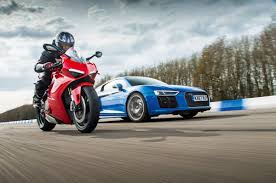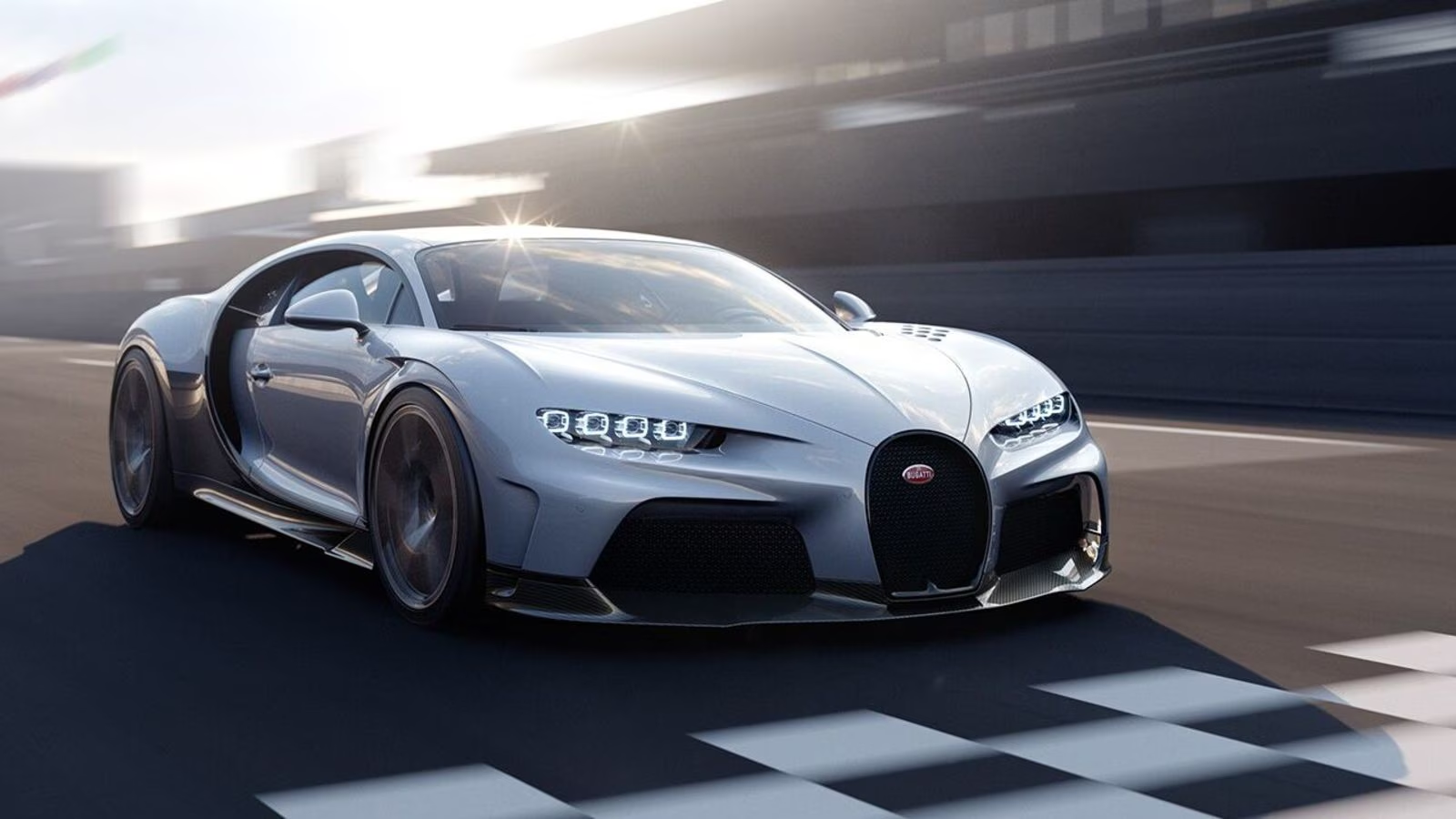The automotive industry has evolved dramatically in recent decades, blending cutting-edge technology with the traditional prowess of internal combustion engines. For enthusiasts and technical minds alike, understanding the mechanics, features, and innovations of modern cars can be as thrilling as driving them. Here, we explore some of the standout aspects of today’s automobiles, focusing on their technical advancements and the nuanced differences between traditional and electric vehicles.

1. Powertrain Innovations
The powertrain, which encompasses the engine, transmission, and drivetrain, has undergone radical transformations. Traditional internal combustion engines (ICEs) have reached new heights in efficiency and power output, while electric powertrains have disrupted the industry with their simplicity and sustainability.
a. Turbocharged Engines:
Modern turbocharging technology has made smaller engines more efficient and powerful. By forcing more air into the combustion chamber, turbochargers allow for greater power output without increasing engine size. This downsizing trend, combined with direct fuel injection, has given rise to engines that are both eco-friendly and thrilling to drive.
b. Hybrid and Electric Systems:
The rise of hybrid (HEVs) and plug-in hybrid vehicles (PHEVs) bridges the gap between traditional and fully electric cars. Systems like Toyota’s Hybrid Synergy Drive showcase how electric motors can work in harmony with ICEs to improve efficiency. Meanwhile, pure electric vehicles (EVs) like the Tesla Model S use advanced lithium-ion batteries to offer ranges exceeding 400 miles, revolutionizing what we expect from sustainable driving.

2. Advanced Driver-Assistance Systems (ADAS)
Safety and convenience have become paramount, leading to the widespread adoption of ADAS. These systems leverage a combination of sensors, cameras, and artificial intelligence to assist drivers and prevent accidents.
a. Lane-Keeping Assist (LKA) and Adaptive Cruise Control (ACC):
Technologies such as LKA and ACC rely on radar and cameras to monitor road conditions. They automatically adjust steering or throttle to keep the vehicle centered in its lane or maintain a safe distance from other cars.
b. Autonomous Driving Potential:
The leap toward Level 3 and Level 4 autonomous vehicles is underway. Tesla’s Autopilot and GM’s Super Cruise systems already allow for semi-autonomous driving on highways. These systems integrate LiDAR, GPS, and machine learning to create a safer driving experience, although full autonomy still faces regulatory and technological hurdles.

3. Electrification and Sustainability
The global push toward reducing carbon emissions has put electric and hybrid cars at the forefront. However, the journey toward full electrification is not without challenges.
a. Battery Technology:
The heart of an EV is its battery pack. Current batteries primarily use lithium-ion technology, known for its energy density and rechargeability. Companies like Solid Power are exploring solid-state batteries, which promise higher capacity, faster charging, and improved safety.
b. Charging Infrastructure:
For EVs to truly replace ICE vehicles, charging networks must be as ubiquitous as gas stations. Tesla’s Supercharger network, combined with public charging options, has alleviated range anxiety for many, but rural areas still face significant gaps. The development of ultra-fast chargers, capable of delivering 80% charge in under 30 minutes, is a promising solution.

4. Interior Tech and Connectivity
Modern vehicles are as much about digital experiences as they are about driving performance.
a. Infotainment Systems:
From Tesla’s minimalist touchscreen interface to Mercedes-Benz’s MBUX system with augmented reality navigation, infotainment has become a selling point. Features like over-the-air updates ensure that the software evolves throughout the car’s lifespan.
b. Smart Integration:
With features such as Apple CarPlay, Android Auto, and built-in virtual assistants, cars have become extensions of our smartphones. Integration with smart home devices adds convenience, allowing users to, for example, precondition their car’s cabin via voice commands.

5. Performance and Handling
For enthusiasts, a car’s performance and handling define its character. Technical advancements have redefined how cars interact with the road.
a. Adaptive Suspensions:
Systems like Audi’s predictive active suspension use cameras to scan the road ahead and adjust the dampers in real-time, ensuring optimal ride quality and handling.
b. All-Wheel Drive (AWD) vs. Rear-Wheel Drive (RWD):
Modern AWD systems, particularly those in EVs, distribute torque to individual wheels with precision, enhancing grip and stability. On the other hand, RWD remains a favorite among purists for its dynamic driving characteristics.

6. Iconic Models and Their Unique Features
Let’s examine a few standout vehicles that embody the technical brilliance of the modern age.
a. Tesla Model 3 (Electric):
The Tesla Model 3 redefined what consumers expect from EVs. Its minimalist interior, blistering acceleration (0-60 mph in 3.1 seconds for the Performance model), and Autopilot capabilities make it a benchmark in the EV world.
b. Toyota GR Corolla (ICE):
This hot hatchback features a turbocharged 1.6-liter three-cylinder engine producing 300 hp. Its lightweight chassis and all-wheel-drive system make it a dream for those seeking thrills in a compact package.
c. Porsche Taycan (Luxury EV):
Porsche’s first all-electric sports car combines the brand’s legendary driving dynamics with cutting-edge EV technology. Its two-speed transmission offers unmatched acceleration and top-end performance, setting it apart in the luxury EV segment.

7. Challenges Facing the Industry
Despite the advancements, the automotive industry grapples with several challenges.
a. Supply Chain Disruptions:
The global semiconductor shortage has highlighted the dependency of modern cars on chips for features ranging from infotainment to safety systems.
b. Environmental Concerns:
While EVs reduce tailpipe emissions, the environmental impact of mining rare-earth metals for batteries remains a significant issue. Manufacturers are exploring recycling programs and alternative materials to address this.
c. Regulatory and Ethical Dilemmas:
The push toward autonomous vehicles raises questions about liability and decision-making in life-threatening situations. Governments worldwide are working to establish frameworks to address these challenges.

8. The Future of Automotive Engineering
The future holds exciting prospects for car enthusiasts and engineers alike.
a. Hydrogen Fuel Cells:
While EVs dominate headlines, hydrogen fuel cells offer an alternative for those seeking quick refueling and long-range capabilities. Companies like Toyota (Mirai) and Hyundai (Nexo) are leading this charge.
b. Integration of AI and IoT:
AI-driven systems could enable cars to self-diagnose issues, communicate with other vehicles, and adapt to drivers’ preferences. This integration will make vehicles safer and more intuitive.
c. Modular and Customizable Platforms:
Manufacturers are adopting modular platforms like Volkswagen’s MEB, which allow for scalable production and easy customization. This trend will cater to niche markets and individual preferences without significant cost increases.

Conclusion
Modern cars are marvels of engineering, blending innovation, performance, and sustainability. From turbocharged ICE engines to cutting-edge EVs and semi-autonomous systems, the industry continues to push boundaries. Whether you’re a technical aficionado or an everyday driver, there’s never been a more exciting time to explore the world of automobiles. As the industry evolves, one thing is certain: the drive toward innovation will never cease.


